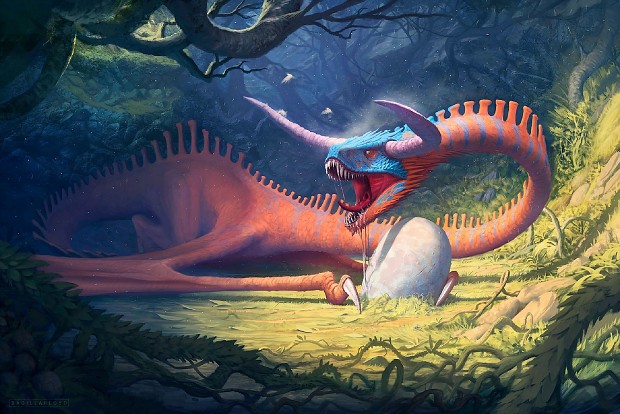Polytheism
Educational
Polytheism is the belief or worship in multiple deities usually assembled into a pantheon of gods and goddesses, along with their own religions and rituals. Polytheist.
The Bolla ( also known as Bullar in South Albania ) , is a type of serpent like Dragon from Albanian folklore with a long , coiled , serpentine body , four legs , small wings and silver , faceted eyes . This dragon sleeps throughout the whole year only to wake on Saint George's Day , where it peers into the world until it sees a human . It devours the person , then closes its eyes and sleeps again . This is explained in the legend of Saint George . When he fought and vanquished the dragon , Saint George cursed the beast so that it be forever blind and only open its eyes on his day only . The Bolla can change into a Kulshedra should it live many years without being seen by a human . It is etymologically related to Greek Φάλη, Φάλαινα 'monster, whale,' ( although the relationship is not certain ) and comes from the Latin chersydrusus which means something like ‘the snake that lives in the water and on the earth
The Kulshetra ( in Gheg ) , or Kuçedra ( in Tosk ) is widely considered to be a storm dragon and is often depicted as such in Albanian Folktales . It can appear as a dragon-like creature with a long tail , nine heads , spines down its back and covered in red hair . Or a female who is typically old with breasts that hang down to the ground . Both its milk and urine are poisonous . The Kulshedra is believed to cause drought and other water-related issues for humanity such as : torrents , tempests , shortages , big storms , flooding , or other natural disasters . Often to placate it , a human sacrifice must be made . The Kucedra is also often depicted as a female in many Albanian beliefs






